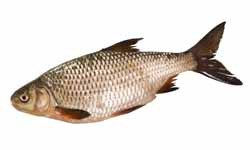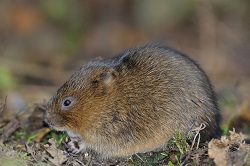Why fish stay or go in winter
During winter, roach fish (Rutilus rutilus) migrate from lakes to streams, but some members of the population remain behind. This phenomenon, which occurs widely in the animal kingdom, is called partial migration. As part of the EU-funded 'Partial migration: Individual causes and population genetic consequences' (STAY OR GO) project, researchers studied the causes and effects of partial migration in roach. They found migratory strategies to be highly consistent: some individuals tended to migrate every year, while others (termed residents) rarely migrated. The destinations and timing of migrations were also consistent. Researchers investigated whether fish migrate to avoid predators in winter when food is low. They indeed found that residents had a significantly higher probability of being predated upon by cormorants, but that migrants sacrificed food for safety in streams. They also determined that fish with bold personalities are more likely to migrate than shy fish, and that migratory fish have a different feeding niche to residents. In addition, fish from lakes offering the possibility to migrate (via connected streams) are on average more fusiform in body shape than fish from isolated lakes. STAY OR GO findings have significantly advanced our understanding of the important ecological process known as partial migration. Further work will focus on whether migrants and residents breed with one another.
Keywords
Partial migration, roach fish, genetic consequences, migratory fish, fusiform







